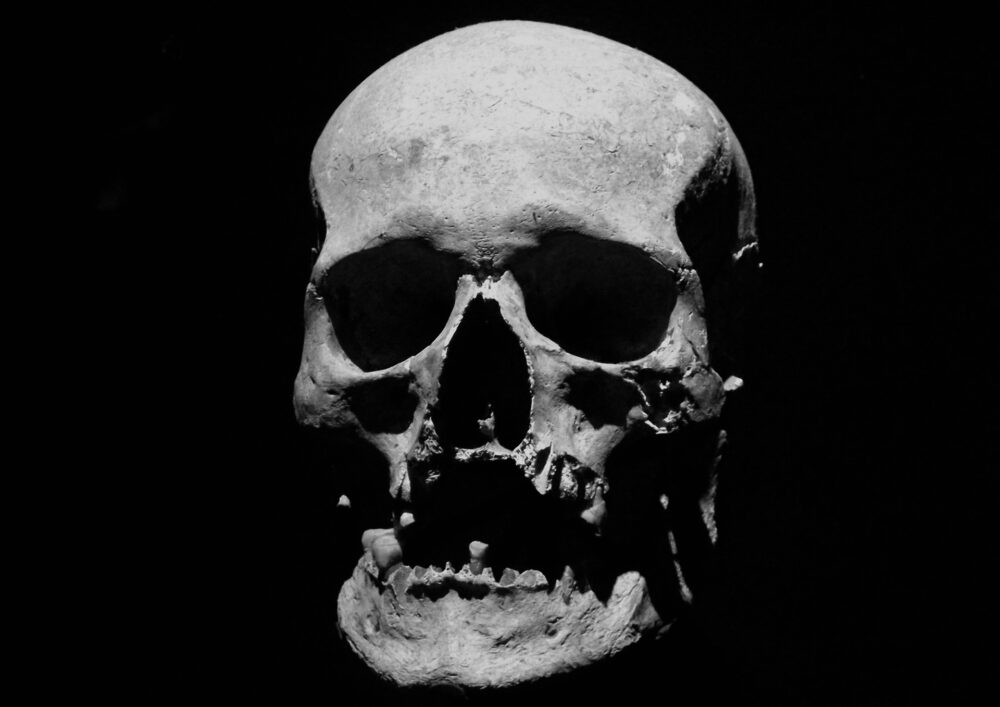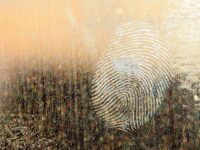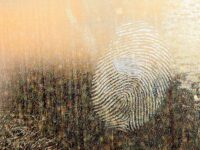Mainstream media can’t seem to get enough of classic true crime. New shows constantly attempt to showcase crime from a unique angle in order to keep audiences engaged: how can they make their show original and compelling in comparison to countless others? Some networks turn to highlighting a subspecialty of crime that hasn’t historically been shown. For example, in the television show “Bones,” the life of forensic anthropologist Temperance Brennan is followed as she deftly uses clues from the bones of victims to solve high profile crimes. While the field may seem too glamorous and niche to exist outside of television, forensic anthropology is a real tool used by law enforcement agencies to help solve many facets of a crime.
Anthropology is a wide field that encompasses the study of human origin, behavior, culture, language, and physical remains or artifacts. Physical or biological anthropology is a subset of this large realm that focuses on the aspect of human variation and evolution. Forensic anthropology is even more specific: it is the application of biological anthropology that utilizes skeletal analysis techniques from archaeology to help law enforcement solve criminal cases. Analogous to reading from a book, anthropology helps express the stories that skeletal bones hold.
While the field may seem too glamorous and niche to exist outside of television, forensic anthropology is a real tool used by law enforcement agencies to help solve many facets of a crime.
Once human remains are identified, they are typically brought to a medical examiner’s office, so anthropologists can extract as much information as they possibly can. This can include the age, race, height, and gender of the deceased individual. Extensive analysis of the bone can even lead to clues about cause and time of death, which is pertinent information in any crime investigation. The demographic characteristics that can be deduced from skeletal analysis, such as race and sex, are often revealed using various techniques and focusing on different parts of the body. For example, in determining the sex of a deceased individual, forensic anthropologists typically rely on visual observation of the pelvis and skull to make a definitive conclusion. This is due to innate differences between males and females; female pelvises are shaped to allow for a birth canal and their skulls tend to be smoother and more slender than their male counterparts’.
Analyzing human remains to speculate on cause or time of death can be more complicated than the simple visual observation used for demographic characteristics. Cases where cause of death is determined through forensic anthropology are usually those that include some kind of trauma to the body. Trauma can be antemortem, perimortem, and postmortem; this means that it can be inflicted before, during, or after death, respectively. A big question in forensic anthropology that must be answered when examining trauma is whether the trauma itself is perimortem or postmortem. This discrimination requires an expert to be familiar with the different reactions of fleshed versus dry bone in response to injury; this differentiation can be vital in determining if a certain trauma was the cause of death or if it was inflicted after the individual was already deceased. Antemortem traumas, such as broken bones that have healed, are less useful in determining cause of death but can serve as a tool in crime scene investigation by revealing long-history patterns of injury or abuse.
This information was crucial in determining that the civilians of Jamestown must have suffered from starvation in the winter of 1609–1610.
Forensic anthropology can reveal many vital factors that help solve a crime. Historically, the field has played large roles in not only crime scene investigation but piecing together missing puzzle pieces of history. One exemplary instance of this was the examination of skeletal remains from the Virginia settlement of Jamestown; using evidence of axe trauma to the head, knife cuts in bone, and location at which the remains were found, forensic anthropologists discovered that the individual had actually been cannibalized. This information was crucial in determining that the civilians of Jamestown must have suffered from starvation in the winter of 1609–1610. By looking at how forensic anthropology has been useful to historians and law enforcement in the past, one can expect that its role will only increase as technology gets more complex. While the forensic anthropology shown on television may already seem indispensable, its real-life counterpart is even more so.
Forensic Sciences Research (2019). DOI: 10.1080/20961790.2018.1523704
Laboratory Medicine (1998). DOI: 10.1093/labmed/29.7.423
The Internet Journal of Biological Anthropology (2008). DOI: 10.5580/20a2
Image source: Pixabay.


